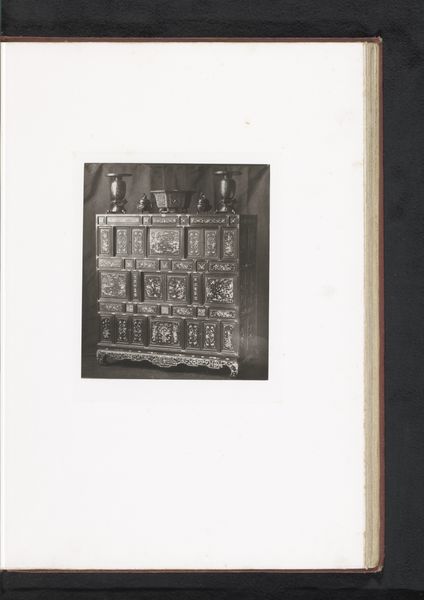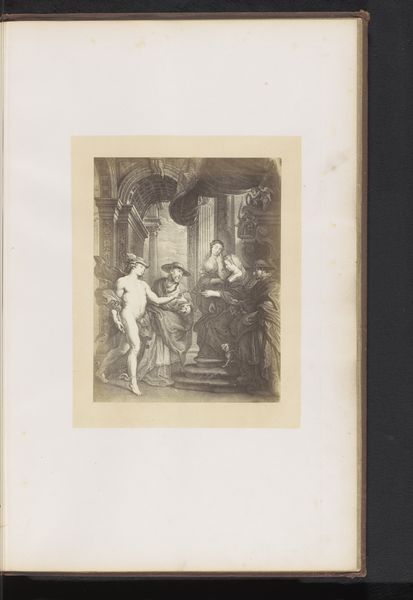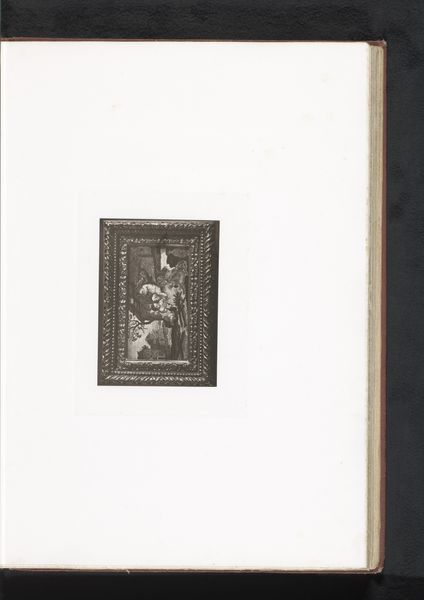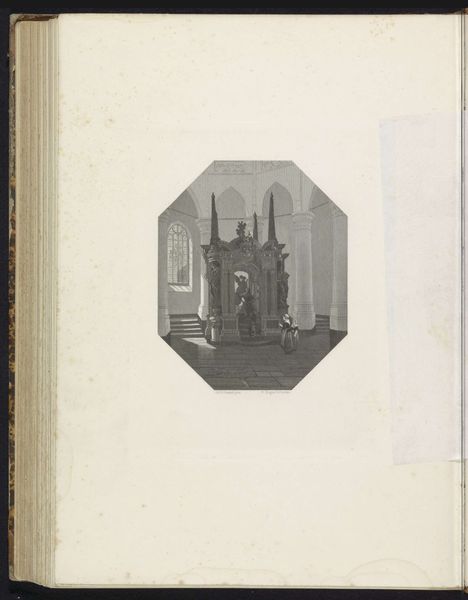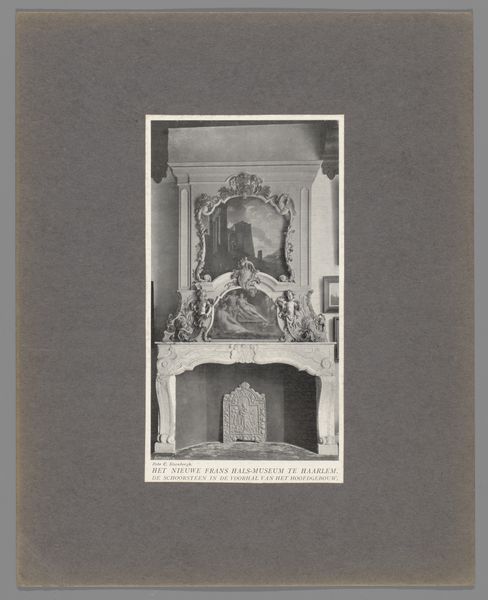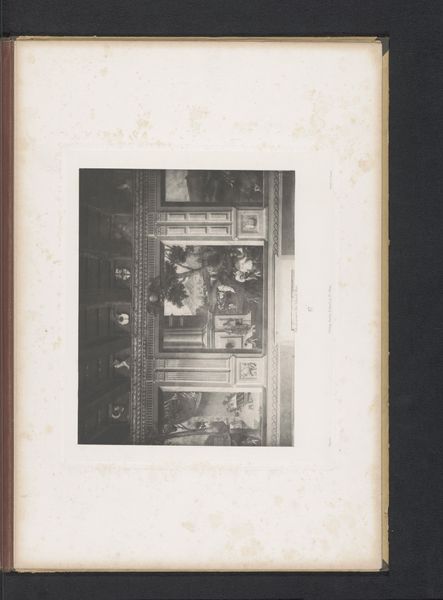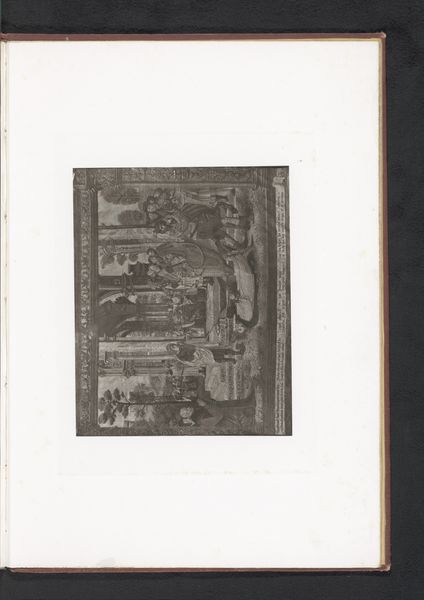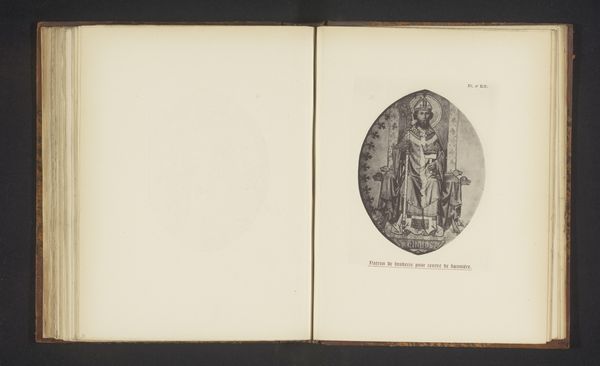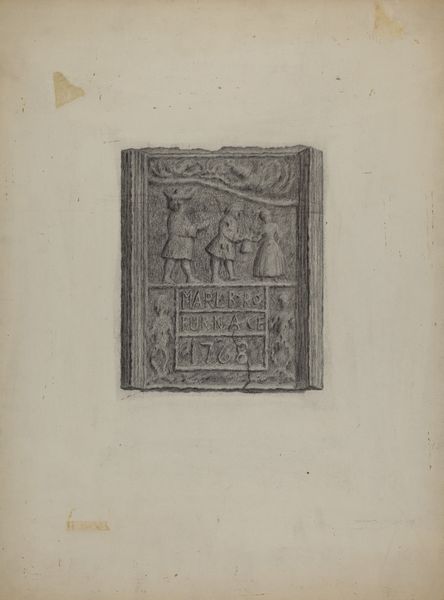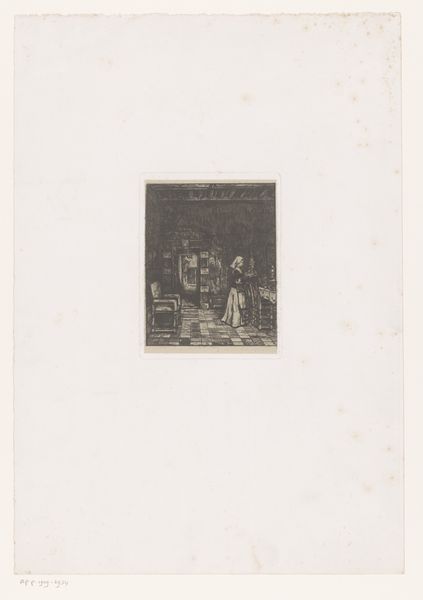
Emaillen afbeelding van de kruisiging van Christus, opgesteld tijdens de Exposition Rétrospective van 1873 in Tours, Frankrijk 1873
0:00
0:00
print, photography, gelatin-silver-print, engraving
# print
#
photography
#
gelatin-silver-print
#
history-painting
#
engraving
Dimensions: height 193 mm, width 127 mm
Copyright: Rijks Museum: Open Domain
Gabriel Blaise created this enamel depiction of the crucifixion of Christ, which was shown at the Exposition Rétrospective of 1873 in Tours, France. But why memorialize the crucifixion, the execution of a dissident, at a retrospective exhibition? The answer lies in the turbulent history of 19th-century France. The country had seen revolution, empire, and restoration, and the Catholic Church was attempting to reassert its influence amid secularizing forces. Blaise’s enamel crucifixion speaks to this moment of religious revivalism, and the ways that state institutions, like the retrospective exhibition, could serve this ideological project. As historians, we turn to sources like exhibition catalogs, religious pamphlets, and political tracts to understand the complex interplay of art, religion, and politics in 19th-century France. Through such research, we see that even seemingly straightforward religious imagery is deeply embedded in the social and institutional contexts of its time.
Comments
No comments
Be the first to comment and join the conversation on the ultimate creative platform.
